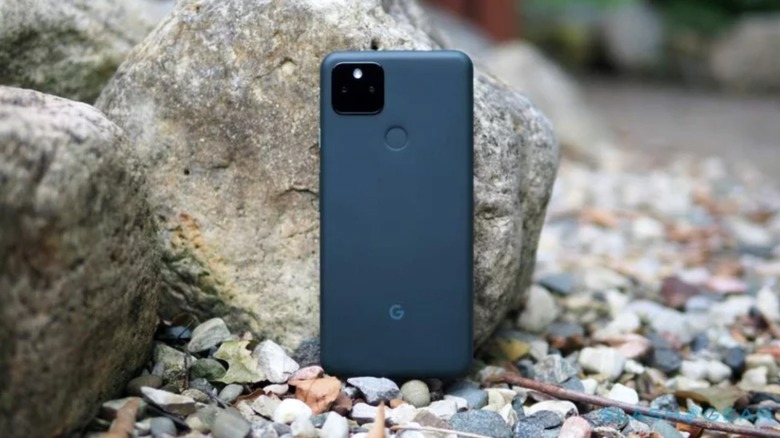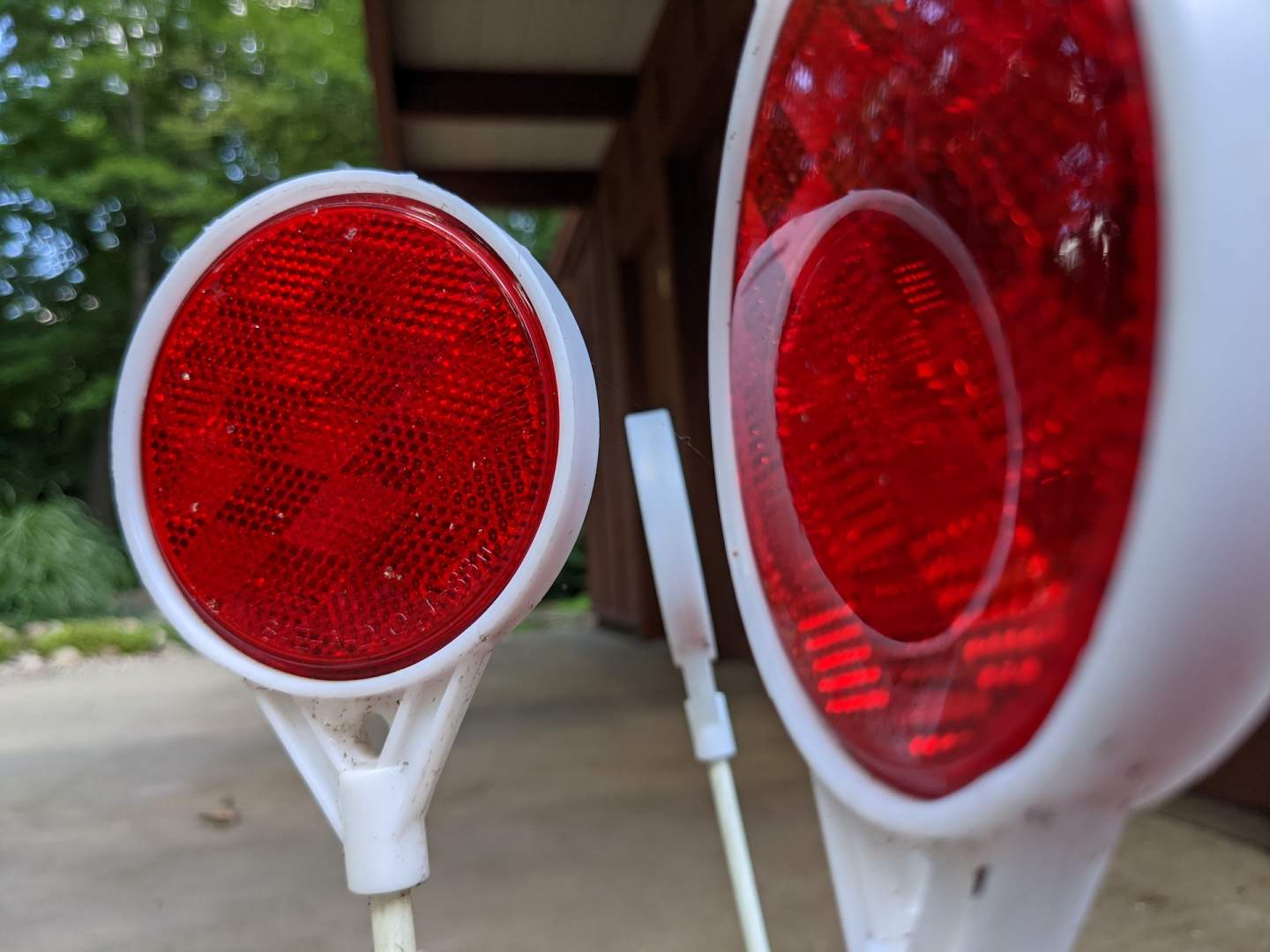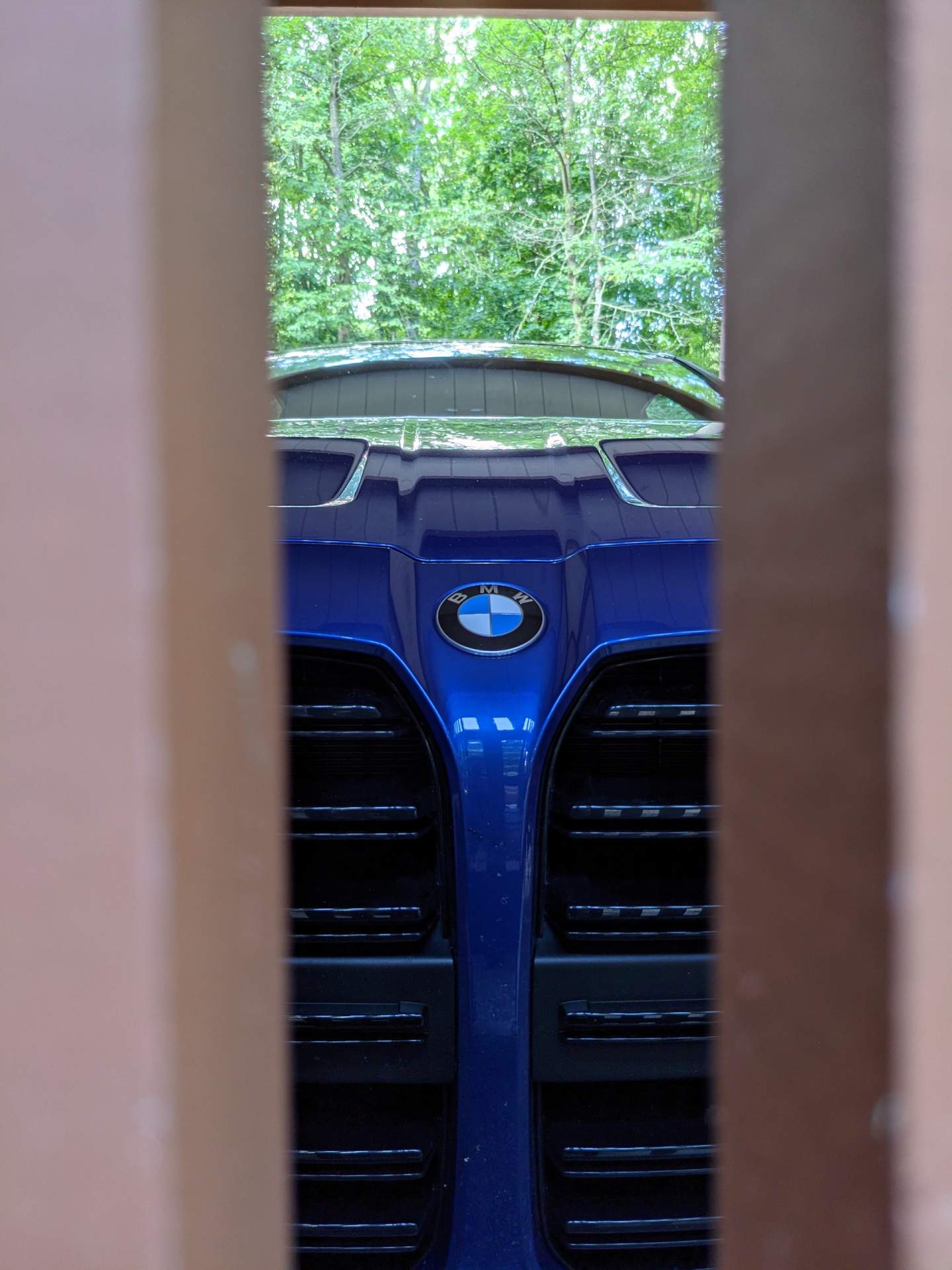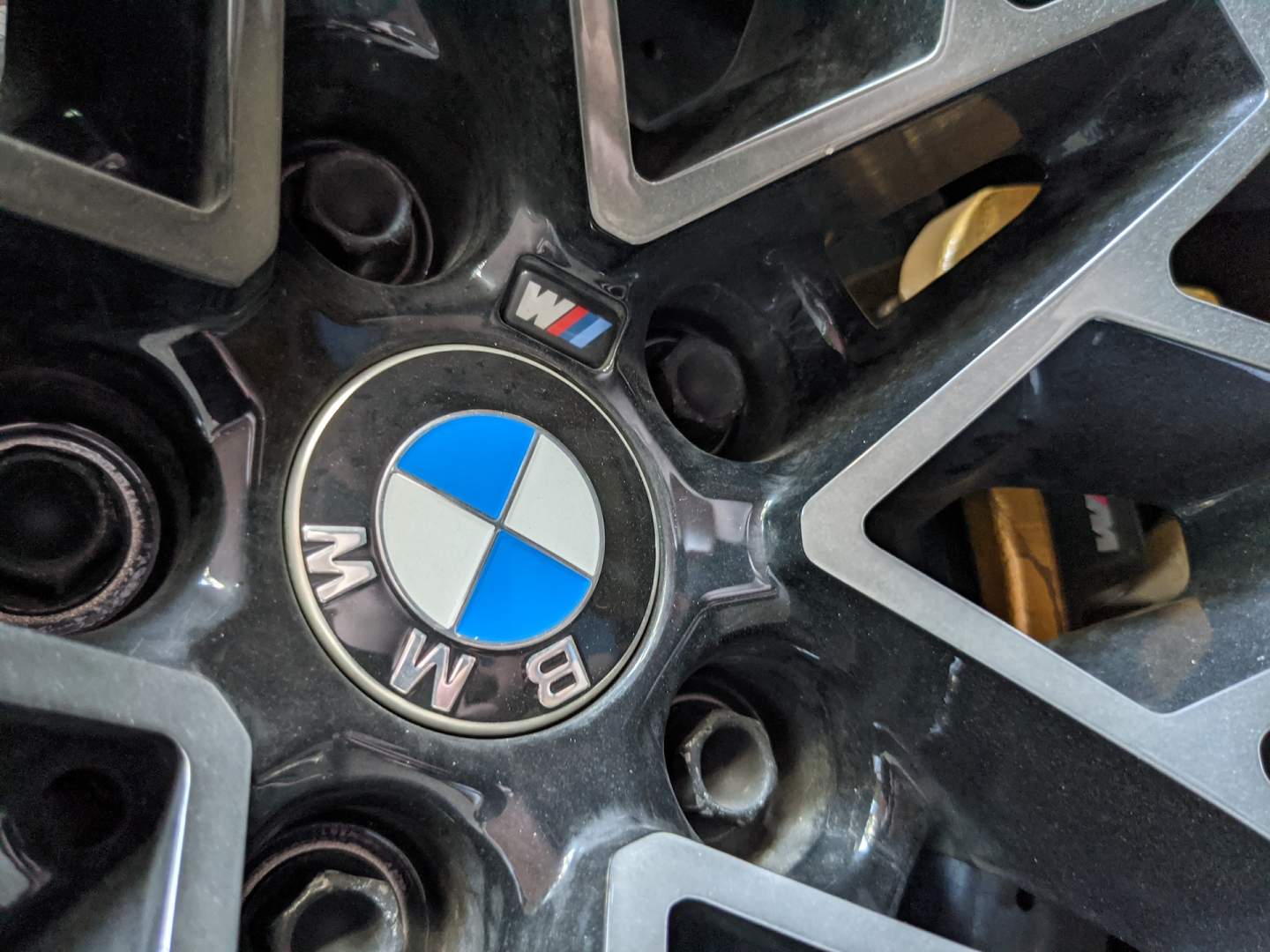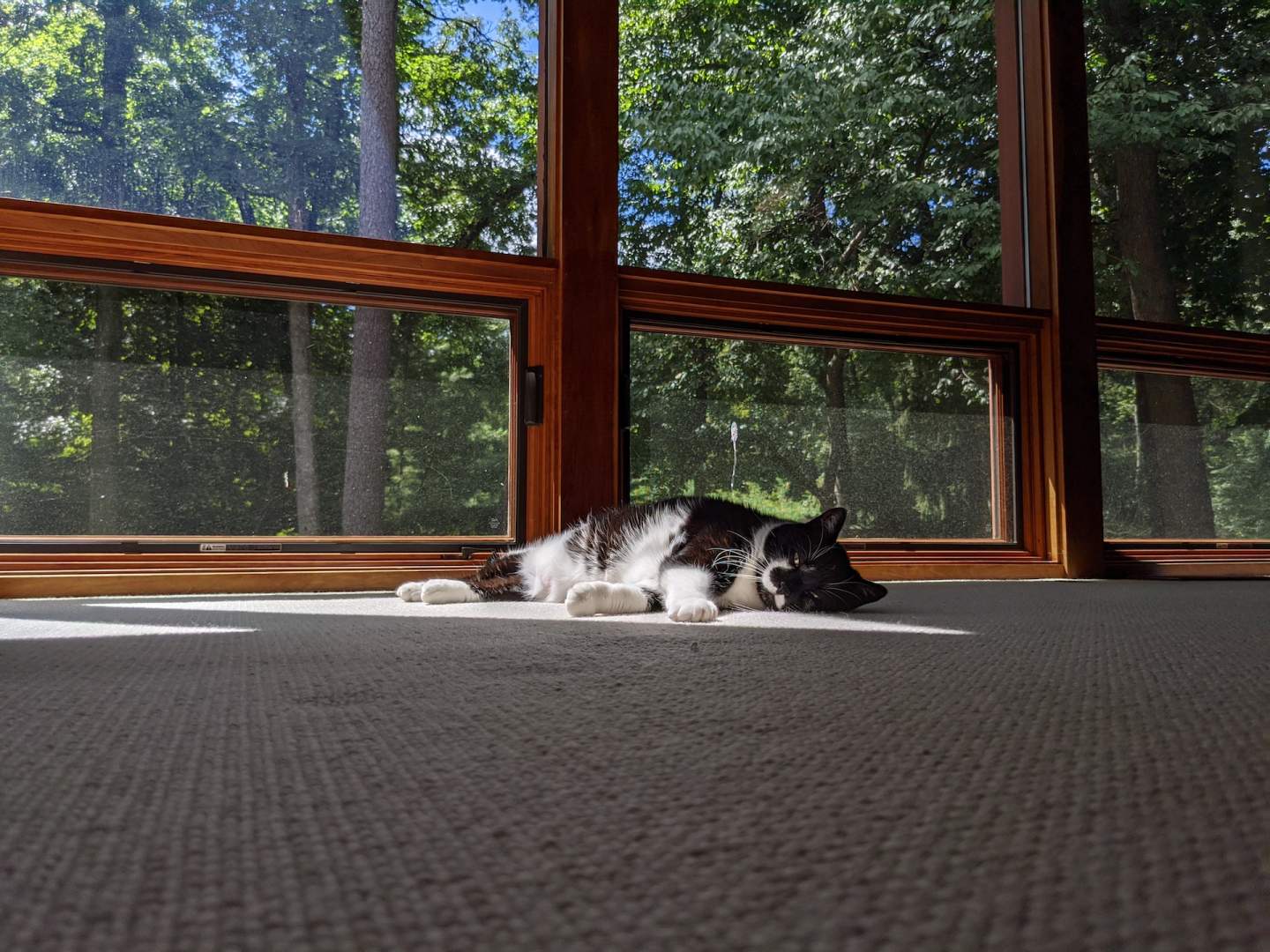Google Pixel 5a Review
Google's a-series phones have always been the pick of the Pixel range, and the new Pixel 5a with 5G is no different. Straying little from the recipe of minimalistic hardware and design, balanced performance, and a knock-out camera, this latest addition to the affordable end of the spectrum may not use Google's homegrown Tensor chip as the upcoming Pixel 6 promises, but it also costs just $449.
That not only gets you some considerable improvements over the Pixel 4a with 5G, but some advantages over the Pixel 5 too. The Pixel 5a has a bigger battery – 4,680 mAh, compared to the Pixel 5's 4,080 – and along with 5G support it's also IP67 water-resistant now. There's a 3.5mm headphone jack too, a rarity these days.
It runs the same Qualcomm Snapdragon 765G chipset as the Pixel 5, albeit with 6GB of RAM rather than 8GB, and there's still 128GB of storage, the speedy Pixel Imprint fingerprint sensor on the back, and the Titan M security chip inside. However while the Pixel 5 has a 6-inch screen, the Pixel 5a stretches to a 6.34-inch OLED panel, running at Full HD+ resolution and with Gorilla Glass 3 on top. [Updated to clarify that Google initially, incorrectly said it was Gorilla Glass 6]
It's a great display, bright enough to handle outdoor use, even if Google packages it in a fairly nondescript casing. The Mostly Black black polycarbonate body of the Pixel 5a may have a slight green hint to it in some lights and at some angles, but overall this lacks the visual and tactile glitter that a recently Galaxy or iPhone offers. Only the lighter green power button on the side offers a lick of color, though Google has four official cases – in Black Moss, Maybe Moon, Likely Lime, and Partially Pink, all made from predominantly recycled materials, and priced at $29 apiece – if you want something brighter overall.
Of course, from Google's perspective the Pixel range has always been more about showcasing Android than creating stand-out hardware. While the Pixel 6 is expected to launch alongside the full release of Android 12 later in the year, the Pixel 5a arrives with Android 11 and the promise of official upgrades. Though other Android phone-makers have generally become better at rolling out software updates more promptly, the reality is that if you want the newest Google features, and you want them first, you need a Pixel. Google commits to at least 3 years of OS and security updates.
For the moment, that means the Pixel 5a enjoys pretty much exactly the same software experience that the Pixel 5 delivers – you just save $250 in the process. Day to day, I've not noticed any real impact on overall usability from the dip in total memory, and covetable Android features like Hold for Me, Call Screen, and the AI-powered transcribing Recorder app are all present and correct.
The biggest advantage there has to be the cameras. Like the Pixel 5, the Pixel 5a has an 8-megapixel (f/2.0 fixed-focus) selfie camera on the front, and two sensors on the rear: a 12.2-megapixel dual-pixel main camera (f/1.7 with dual-pixel phase detection autofocus and optical image stabilization), and a 16-megapixel ultra-wide (f/2.2 with a 117-degree field of view).
Google's omission of an optical telephoto camera is more acceptable at the Pixel 5a's price point, and the phone's AI-massaged digital zoom is actually fairly reasonable if you're conservative with the magnification. All of the Pixel 5's computational photography magic is carried over, meanwhile, for everything from Night Sight with astrophotography support, to face-distortion correction in ultra wide group shots, and Cinematic Pan effects in video mode. The Pixel 5a can capture up to 4K video at 30 or 60 fps, or 1080p at up to 240 fps.
Honestly, the cameras here are more than worth the cost of entry. The Pixel 5a is a reliable workhorse, and while you know there's a blend of hardware and software magic going on in the background, in the moment it's just a matter of hitting the shutter button and knowing you're probably going to get a good picture. Portrait mode blur looks a little more natural now – even if it still struggles with animal whiskers and other narrow detail – and there's a Portrait Light option to add in-fill illumination to new and existing images that have depth data. For the moment, though, it only seems to work on people, and not pets or objects.
For power, the 4,680 mAh battery is a welcome step up from the Pixel 5, which itself took pains to distance itself from the underwhelming runtimes of the Pixel 4 before it. Google promises all-day use from the Pixel 5a, and the phone delivers. An Extreme Battery Saver mode can selectively switch off all but your most essential apps, stretching total runtime to up to 48 hours.
When it comes to recharging, the Pixel 5's wireless charging has been left out. Instead you get wired fast-charging, with an 18W USB-C charger in the box.
Qi charging is not the only calculated omission worth noting. While the Pixel 5a supports 5G, it'll work with Sub-6 networks only: there's no support for the swifter, rarer mmWave networks that the Pixel 5 can access. Honestly, though mmWave can be blazing-fast when you find it, its big problem is actually getting a signal in the first place. It's still only available in a handful of locations in the US, and I suspect no Pixel 5a buyer will really miss it.
Google Pixel 5a with 5G Verdict
The biggest hurdle the Pixel 5a faces is availability. Previous Pixel phones gradually made their way into carrier stores, but you'll only find this one in the Google Store online, or via Google Fi in the US. Unlocked, it'll work on Verizon, AT&T, T-Mobile, USCC, Charger, C-Spire, Visible, and other US networks, but you won't see it in their retail locations. In Japan, it'll be offered at SoftBank, too.
For all the fancy foldables and other experimentation at the flagship end of the market, the real progress in smartphones over the past few years has undoubtedly been in just how much you get for your money in more affordable devices. The Pixel 5 felt refreshingly attainable, but the Pixel 5a doubles-down on that. You really don't have to spend four figures – or even close to that – for a great all-round experience, and that's something worth celebrating.
